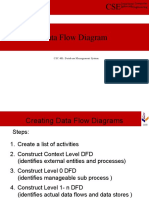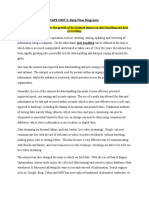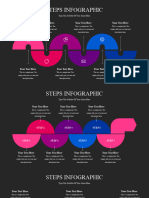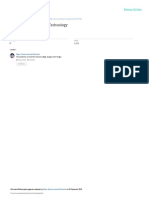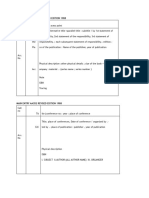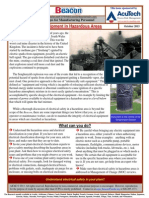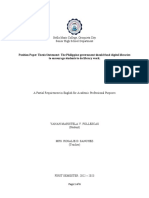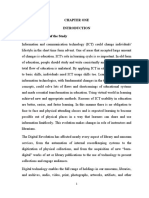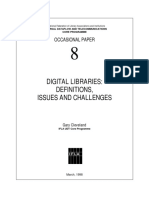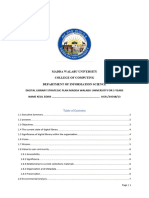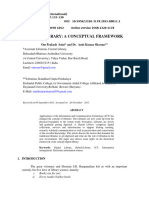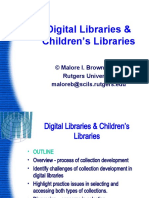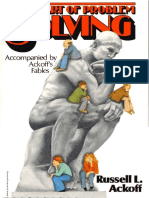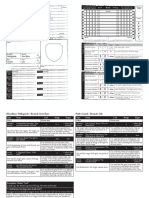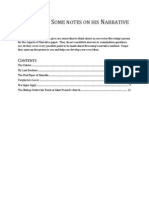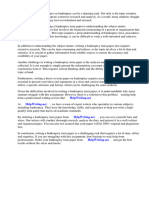100% found this document useful (2 votes)
121 views11 pagesDigital Library
The document discusses digital libraries, which provide access to information in digital form through computers and telecommunications. Digital libraries allow for distributed storage and direct access to copies of materials. They provide efficient services like collecting, organizing, storing, retrieving and preserving information. Users can access information from anywhere, which speeds up work. Digital libraries play important roles in sharing resources, preserving culture, and bringing people and ideas together for learning.
Uploaded by
karthikasyamaCopyright
© © All Rights Reserved
We take content rights seriously. If you suspect this is your content, claim it here.
Available Formats
Download as PPTX, PDF, TXT or read online on Scribd
100% found this document useful (2 votes)
121 views11 pagesDigital Library
The document discusses digital libraries, which provide access to information in digital form through computers and telecommunications. Digital libraries allow for distributed storage and direct access to copies of materials. They provide efficient services like collecting, organizing, storing, retrieving and preserving information. Users can access information from anywhere, which speeds up work. Digital libraries play important roles in sharing resources, preserving culture, and bringing people and ideas together for learning.
Uploaded by
karthikasyamaCopyright
© © All Rights Reserved
We take content rights seriously. If you suspect this is your content, claim it here.
Available Formats
Download as PPTX, PDF, TXT or read online on Scribd
/ 11



